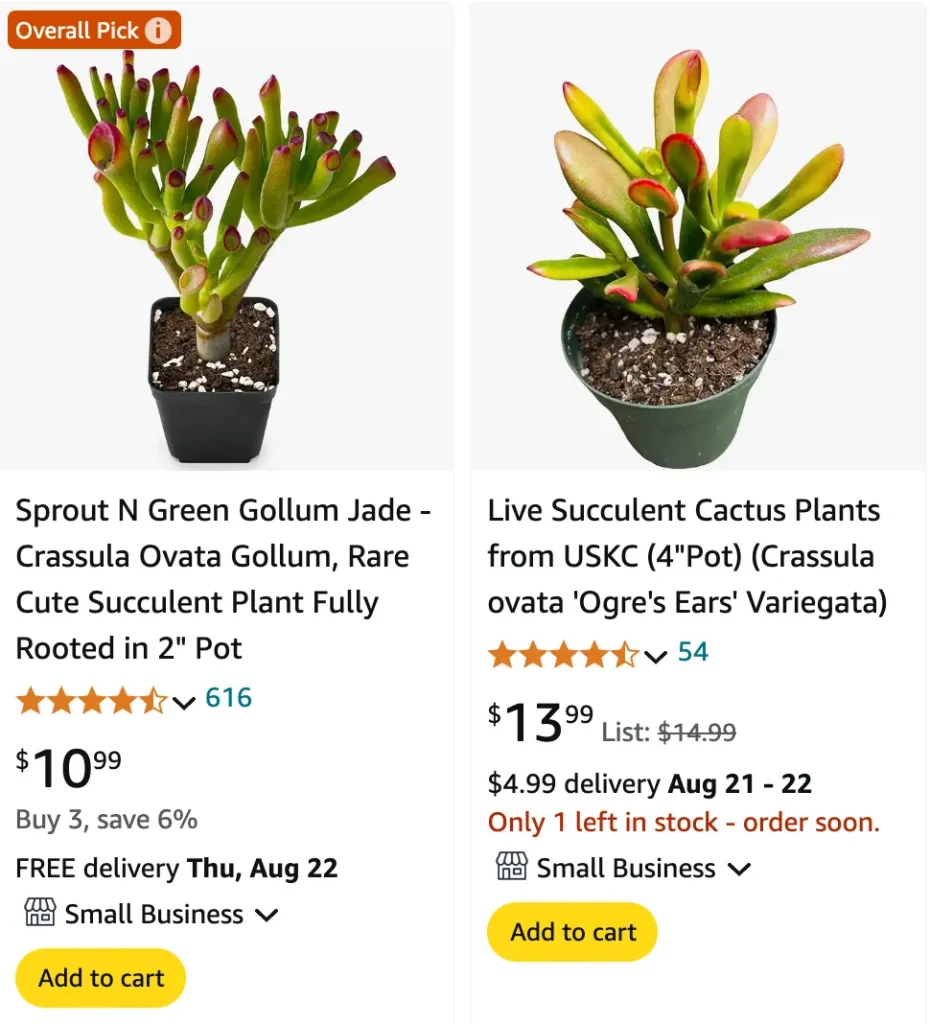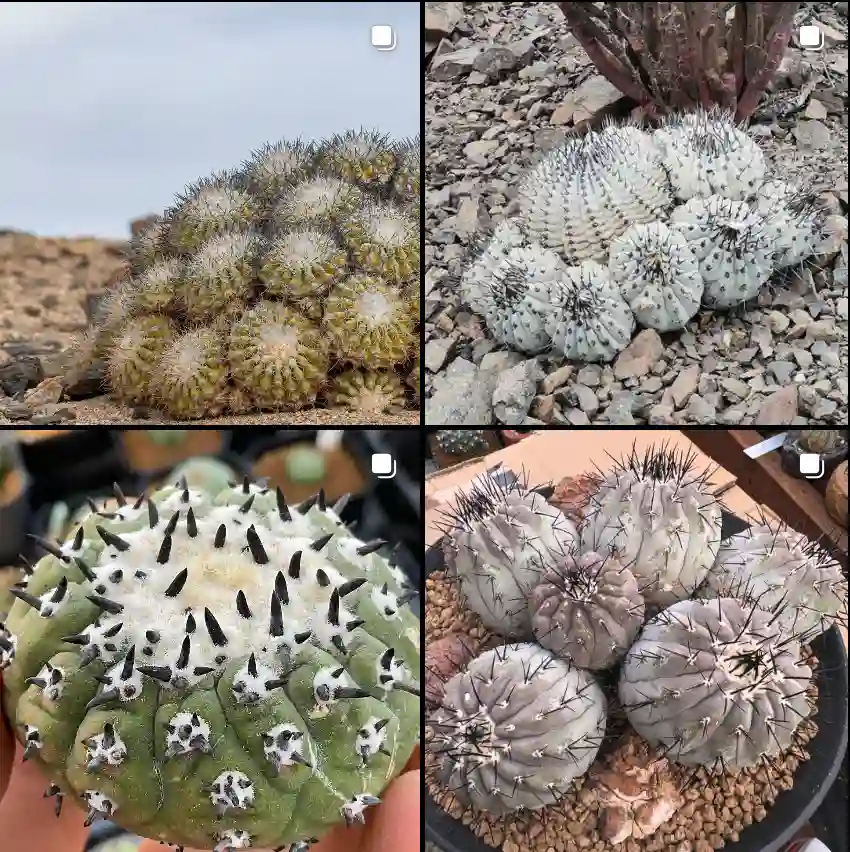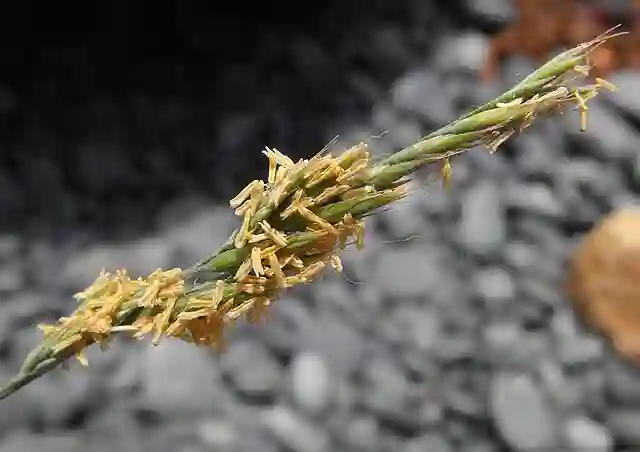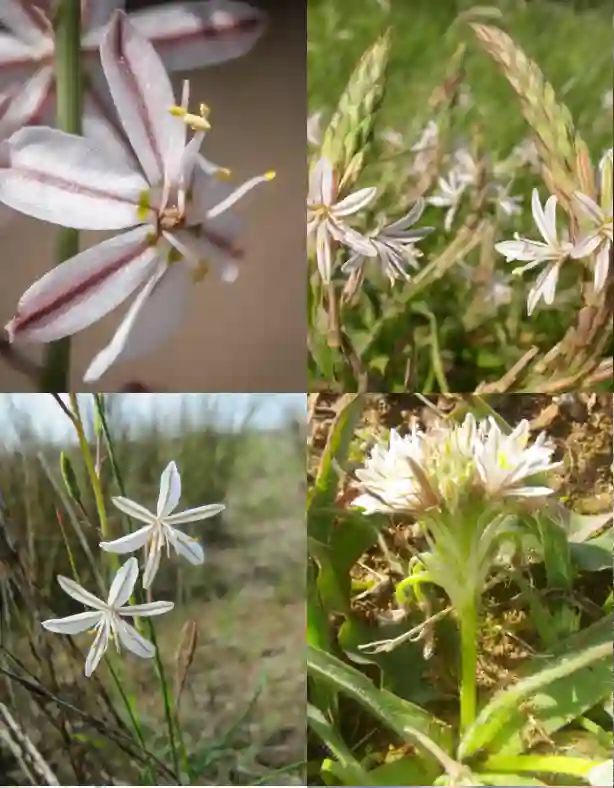
FAQs About the Ogre Ear Succulent: A Personal Guide
When I first encountered the Ogre Ear Succulent, I was instantly drawn to its quirky, tubular leaves with reddish tips. This unique plant, also known as Crassula Ovata ‘Ogre Ear’, is a fascinating addition to any succulent collection. But like many succulents, it comes with its own set of care requirements and challenges. Here, I’ll address some of the most common questions I’ve encountered about the Ogre Ear Succulent based on my experiences and research.
What is the Ogre Ear Succulent?
The Ogre Ear Succulent is a variation of the well-known Jade Plant. It’s named for its distinctive, elongated leaves that resemble the ears of Shrek, characters from popular culture. This plant is native to South Africa and is loved for its low maintenance and striking appearance, making it a popular choice among succulent enthusiasts.
How to Care for the Ogre Ear Succulent?
Caring for an Ogre Ear Succulent is straightforward, but it does require some specific conditions to thrive. Here’s a breakdown of the essential care tips:
- Light: This succulent thrives in bright, indirect sunlight. In my experience, placing it near a south-facing window provides just the right amount of light. If you notice the leaves becoming pale or stretching, it might be a sign that your plant needs more light.
- Watering: Overwatering is the most common issue with succulents, and the Ogre Ear is no exception. I water mine thoroughly, then wait for the soil to dry out completely before watering again. This typically means watering every 2-3 weeks, depending on the season.
- Soil: A well-draining soil mix is crucial. I use a cactus or succulent potting mix with added perlite for extra drainage. This prevents the roots from sitting in water, which can lead to root rot.
- Temperature: The Ogre Ear Succulent prefers temperatures between 65-75°F (18-24°C). It’s not frost-tolerant, so I always bring mine indoors when the temperature drops below 50°F (10°C).
- Fertilizing: During the growing season (spring and summer), I feed my plant with a balanced, diluted succulent fertilizer once a month. This helps it maintain healthy growth and vibrant color.
Why is my Ogre Ear Succulent shriveling?
One issue I’ve occasionally faced is my Ogre Ear Succulent shriveling. Shriveling leaves are typically a sign of dehydration. If the leaves look wrinkled or deflated, it’s likely that the plant needs water. However, be careful not to overcompensate by watering too much. I recommend watering thoroughly and then waiting to see if the leaves plump up within a few days.
Shriveling can also be caused by a lack of light or a root-bound plant. If your succulent is getting enough water but still shrivels, try moving it to a brighter location or repotting it into a slightly larger container.
How to Propagate the Ogre Ear Succulent?
Propagating the Ogre Ear Succulent is one of the most rewarding parts of growing this plant. I’ve successfully propagated mine using leaf and stem cuttings. Here’s how:
- Leaf Cuttings: Gently twist a healthy leaf off the stem. Let it callous over for a day or two to prevent rot, then place it on well-draining soil. Water sparingly until roots develop, then water as you would a mature plant.
- Stem Cuttings: Cut a healthy stem with a few leaves attached. Let it dry out for a few days, then plant it in soil. Water lightly until it establishes roots.
Propagation can take several weeks, so patience is key. I’ve found that the success rate is higher with stem cuttings, but both methods work well.
Is the Ogre Ear Succulent Toxic?
Yes, the Ogre Ear Succulent is considered toxic to pets. This was a concern for me as a pet owner. If ingested, it can cause vomiting, diarrhea, and lethargy in cats and dogs. To keep my pets safe, I place my succulents out of their reach. If you suspect your pet has ingested any part of the plant, it’s best to contact a veterinarian immediately.
What to Plant with Ogre Ear Succulent?
In my garden, I like to pair the Ogre Ear Succulent with other low-maintenance succulents that have similar care needs. Some great companions include:
- Echeveria: Their rosette shapes contrast beautifully with the tubular leaves of the Ogre Ear.
- Sedum: These ground-covering succulents complement the taller, more upright growth of the Ogre Ear.
- Aloe Vera: Another easy-care plant, Aloe adds a different texture and structure to the arrangement.
Final Thoughts
The Ogre Ear Succulent is a delightful and easy-to-care-for plant that adds a touch of whimsy to any collection. Whether you’re dealing with shriveling leaves, learning how to propagate, or just starting out with succulent care, I hope these tips help you enjoy your Ogre Ear as much as I do. With the right care, this quirky succulent can thrive and bring a unique charm to your indoor or outdoor garden.
If i die, water my plants!



